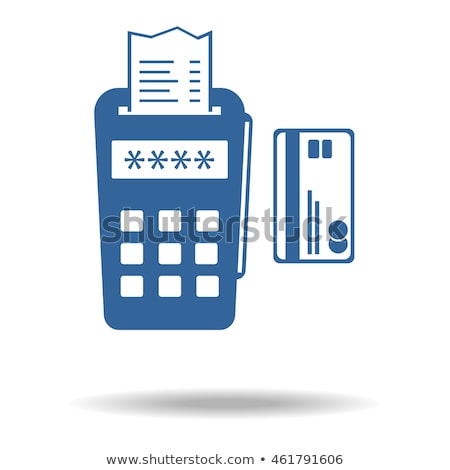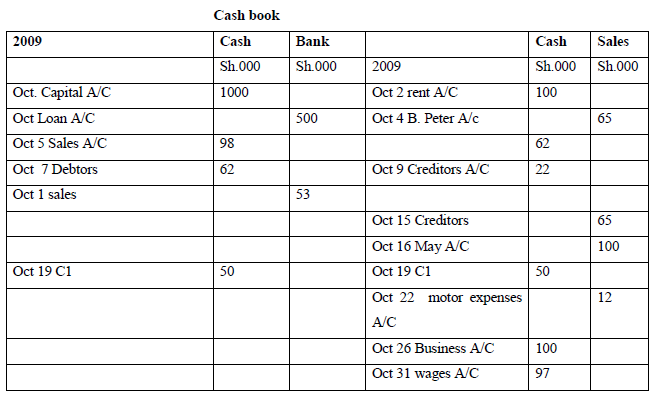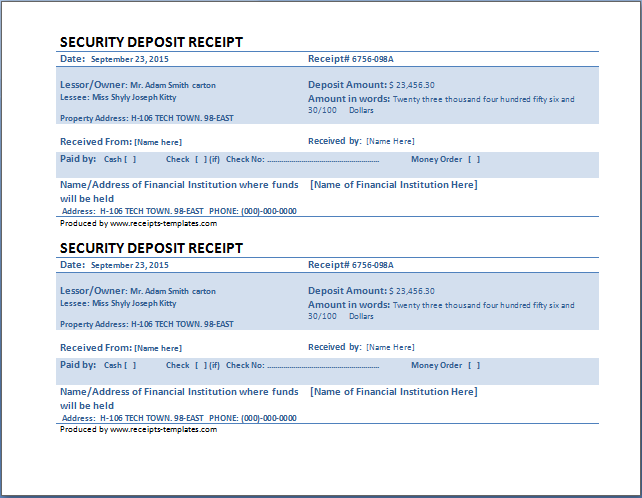
Direct labor costs are the salaries paid to those who are directly involved in production while direct material costs are the cost of materials purchased and used in production. Sourcing materials can improve variable costs from the cheapest supplier or by outsourcing the production process to a more efficient manufacturer. The cost unit is defined as the unit of product, service, time, activity, or combination in relation to which cost is estimated. At the time of preparing the cost statements and accounts, a particular unit is required to be selected.
This is the classification and collection of expenditure based on cost elements. Another is the allocation and apportionment of the expenditure for both the cost centre and cost unit. An accountant needs to assert the cost of different objects in the system of cost accounting. The cost centre meaning is one portion of the whole organisation, to which the cost is charged.
What are the two parts of cost centers?
Cost centers can also be divided into operation cost centers and process cost centers, as well as personal cost centers and impersonal cost centers. A large organisation can lower unit costs through economies of scale and optimise the market offering price. Operation cost centres and process cost centres, as well as personal and impersonal cost centres, are all types of cost centres.

Our end-to-end supply chain solutions also improve inbound and outbound logistics, including warehouse receiving, to establish a more efficient, cost-effective supply chain. Dealing with these common inventory challenges can hike up logistics costs, from higher storage costs to returns management (e.g., shipping labels, processing and restocking). While the cost per unit refers to how much you spend to deliver one unit, the price per unit refers to how much you charge customers for each item sold. For Greg and many other retail businesses, success is heavily reliant on having a profitable cost per unit — and half of that battle is keeping your costs low. The unit cost, also known as the breakeven point, is the minimum price at which a company must sell the product to avoid losses. As an example, a product with a breakeven unit cost of $10 per unit must sell for above that price.
Unit Cost: Definition, Formula & Calculation
While Greg can mark up the price of his candles (charging customers more than his competitor), he knows he should identify ways to reduce his costs to have a healthier margin. Cost units are always selected carefully based on the nature of business operations. If costs are accumulated for a person, machine, or department, then this entity will be treated as a cost center. A cost center in a company is formed by considering the convenience of cost accumulation, comparability, and cost control. WareIQ is integrated with all major selling platforms and on-demand courier companies.
- Overall, a unit must be sold for more than its unit cost to generate a profit.
- We follow strict ethical journalism practices, which includes presenting unbiased information and citing reliable, attributed resources.
- In this article, we will define cost per unit, explain why it is important, show how to calculate it, and offer actionable tips to reduce your cost per unit.
These costs can range from warehousing to labor costs, to depreciation and opportunity costs. In terms of salaries, rent, and other overhead, their monthly fixed cost of production is $5,000. As you can see from the calculator above, calculating cost per unit includes a few main components. In this article, we will define cost per unit, explain why it is important, show how to calculate it, and offer actionable tips to reduce your cost per unit. By keeping the cost per unit low, you can pass on the savings to the customer and entice more customers to buy (or take home more money if you’re able to sell it at a premium).
Rapidly scale your business across channels with smart eCommerce fulfillment
EPS is a key performance indicator used by shareholders to assess performance. A personal cost centre is made up of one person or a small group of people (e.g., departmental foreman, salesman, supervisor, and factory manager). Rather than renting a warehouse and hiring/managing a staff, you can store inventory in multiple fulfillment center locations within our network and track storage costs through the ShipBob dashboard. Thanks to greater volume discounts, or economies of scale (as your unit volumes increase), the average unit cost also reduces. Procurement logistics and freight shipping costs also need to be evaluated to ensure finished goods are being received at the lowest costs. It is best to have a relatively low cost per unit, as long as the quality and sustainability standards are maintained.

The segmentation of expenses into cost centres will allow for a high level of cost control and analysis. Accounting resources at all levels will make calculation and accounting more efficient. Costs must be matched to a suitable measure of the quantity of the product or service after they have been determined, accumulated, categorised, and documented.
Difference Between Cost Per Unit and Price Per Unit
A cost unit is a unit of measurement for the quantity of a product or service. Partnering with ShipBob is one of the best ways for ecommerce businesses to reduce costs by taking advantage of an international fulfillment presence and storing inventory closer to your customers. cost unit is defined as Spending less money on material costs, which tend to account for a majority of production costs, can obviously reduce cost per unit. You can do so by optimizing product sourcing, finding lower-cost manufacturers, and/or finding suppliers located closer to you.
Introducing brief admissions by self-referral in child and adolescent … – The Lancet
Introducing brief admissions by self-referral in child and adolescent ….
Posted: Sun, 18 Jun 2023 22:35:07 GMT [source]


